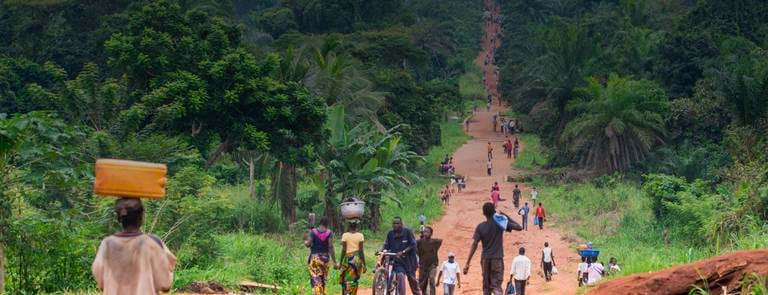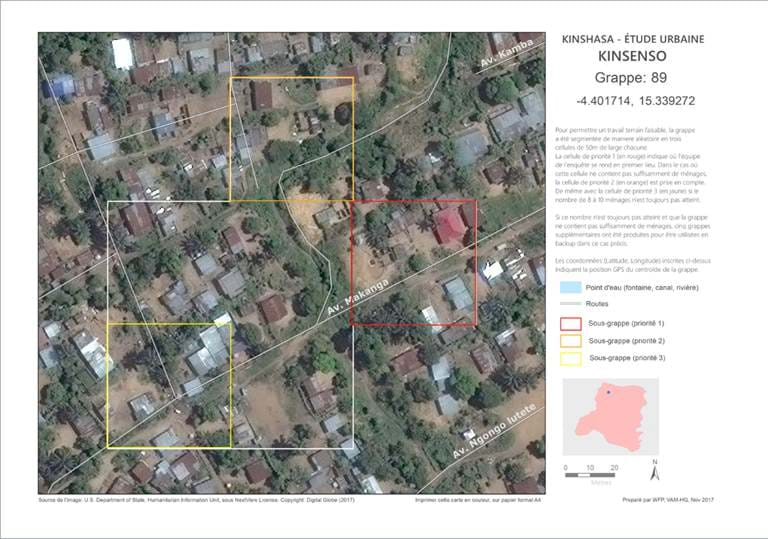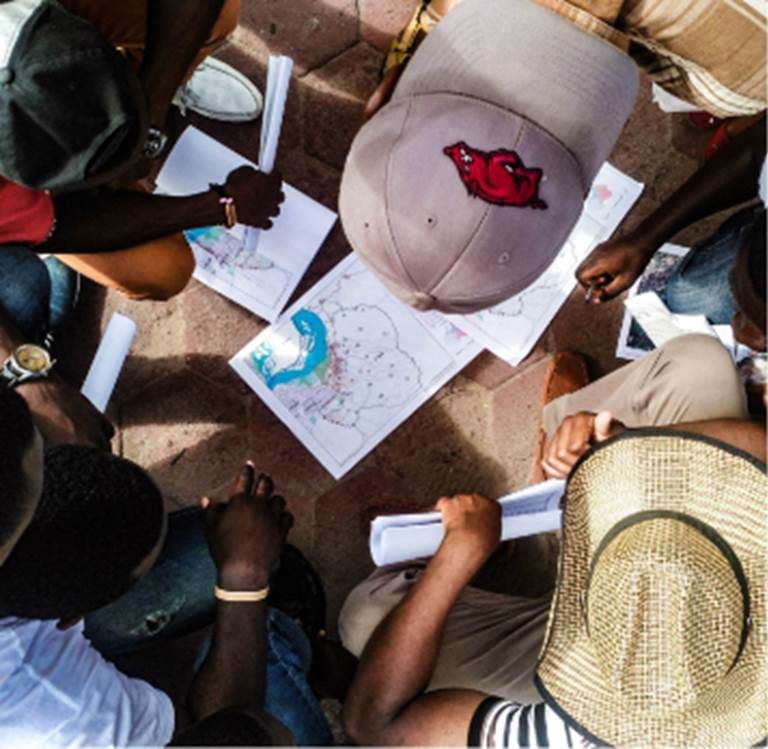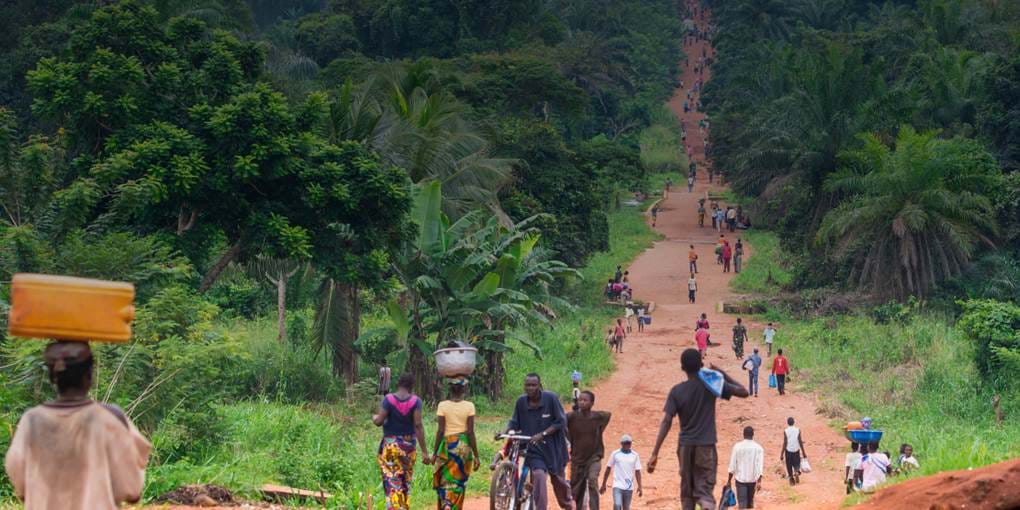Primary purpose of the survey
The World Food Programme performed an in-depth food insecurity assessment in the five poorest communes of Kinshasa, Democratic Republic of Congo (DRC) to define (1) the prevalence and drivers of food insecurity and (2) ability to meet essential needs, to inform a response strategy by WFP and other stakeholders in support of the most vulnerable households.
Survey design
The survey covered the Kinshasa metropolitan area. It was designed as a segmented two-stage cluster sample of 10 households in each of 35 clusters.

Tools and protocols used to implement the survey
The WFP team worked with the Demographic Health Survey to access 2014 population count data, and transformed it to a 50m X 50m gridded population dataset. From this gridded population dataset, the team used the GridSample R algorithm to select 210 cells (35 cells per stratum (Commune)) with probability proportionate to estimated population size, and then generate clusters of 500+ people around each selected cell. In each cluster, the WFP team used ArcGIS to list cells, and randomly select and prioritise three cells for potential inclusion in the survey.


Field protocol
The field protocol was to visit the priority 1 cell in a given cluster, and list and interview households between the transects and the side of the cell. To select 10 households, a systematic interval resulting from the total number of households listed divided by 10 was applied. If 10+ households were interviewed in the priority 1 cell, the field team stopped and moved to the next cluster. However if 10+ households were NOT interviewed, the team moved to the priority 2 cell in the same cluster and listed and interviewed households. Finally, they listed and interviewed households in the priority 3 cell. This allowed sample weights to be calculated for a segmented two-stage cluster survey.
Fieldwork experience
According to the team, fieldwork went extremely smoothly! It took one week to select the sample, prepare field maps, and train interviewers to use the new gridded population sampling field protocol. Interviews were conducted with 1,850 households by 40 interviewers and eight team leaders over 16 days. The WFP survey coordinators asked field teams to collect a GPS coordinate in each household and were thus able to confirm that they interviewed in the correct locations.
The main drawback to listing and interviewing on the same day was that they did not have an opportunity to revisit households that were not present on the day of interview. However, the inclusion of non-response rate in the sample size calculation formula ensured that sample estimates were representative within each commune. Unfortunately, the field staff had to skip five clusters due to security issues on the day of fieldwork. The results could be slightly over-representative of visited areas.
Advice for other gridded population survey teams
The WFP team considered the GridSample tools and protocols practical, if not essential, for field surveys.
They are training their local counterparts in these tools and methods. The Surveys for Urban Equity manuals were a helpful starting point. The main differences applied in Kinshasa and the SUE surveys were the use of priority cells within clusters, and the immediate selection of households to interview based on listing and systematic interval calculation by team leaders in the field.

